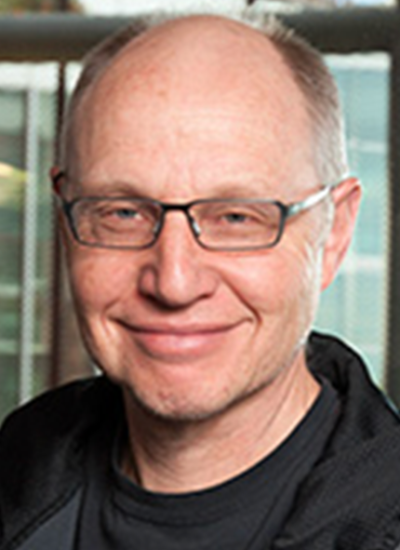Hendrikus L Granzier
Work Summary
Our research is focused on elucidating the structure and function of titin and nebulin, two large filamentous proteins found in muscle. We use a range of model systems with a major focus on KO and TG mouse models. The techniques that we use range from single molecule mechanics, (immuno) electron microscopy, exon microarray analysis, in vitro motility assays, low angle X-ray diffraction, cell physiology (including calcium imaging), muscle mechanics, and isolated heart physiology.


